I recently installed new hardware in my primary computer running Debian
unstable. The disk used for the
/ and
/home filesystem was replaced with an
Intel SSD 750 series NVM Express card. The graphics card was replaced by an
AMD FirePro W4100 card, and two
Dell P2715Q monitors were installed.
Intel SSD 750 series NVM Express card
This is an 800 GB SSD on a PCI-Express x4 card (model number
SSDPEDMW800G4X1)
using the relatively new
NVM Express interface, which appears as a
/dev/nvme* device. The stretch alpha 4 Debian installer was able to detect and
install onto this device, but
grub-installer 1.127 on the installer media was
unable to install the boot loader. This was due to a bug recently fixed in
1.128:
grub-installer (1.128) unstable; urgency=high
* Fix buggy /dev/nvme matching in the case statement to determine
disc_offered_devfs (Closes: #799119). Thanks, Mario Limonciello!
-- Cyril Brulebois <kibi@debian.org> Thu, 03 Dec 2015 00:26:42 +0100
I was able to download and install the updated .udeb by hand in the installer
environment and complete the installation.
This card was installed on a
Supermicro X10SAE motherboard, and the UEFI BIOS
was able to boot Debian directly from the NVMe card, although I updated to the
latest available BIOS firmware prior to the installation. It appears in
lspci
like this:
02:00.0 Non-Volatile memory controller: Intel Corporation PCIe Data Center SSD (rev 01)
(prog-if 02 [NVM Express])
Subsystem: Intel Corporation SSD 750 Series [Add-in Card]
Flags: bus master, fast devsel, latency 0
Memory at f7d10000 (64-bit, non-prefetchable) [size=16K]
Expansion ROM at f7d00000 [disabled] [size=64K]
Capabilities: [40] Power Management version 3
Capabilities: [50] MSI-X: Enable+ Count=32 Masked-
Capabilities: [60] Express Endpoint, MSI 00
Capabilities: [100] Advanced Error Reporting
Capabilities: [150] Virtual Channel
Capabilities: [180] Power Budgeting <?>
Capabilities: [190] Alternative Routing-ID Interpretation (ARI)
Capabilities: [270] Device Serial Number 55-cd-2e-41-4c-90-a8-97
Capabilities: [2a0] #19
Kernel driver in use: nvme
The card itself appears very large in marketing photos, but this is a visual
trick: the photographs are taken with the low-profile PCI bracket installed,
rather than the
standard height PCI bracket which it ships installed with.
smartmontools
fails to read SMART data from the drive, although it is still
able to retrieve basic device information, including the temperature:
root@chase 0 :~# smartctl -d scsi -a /dev/nvme0n1
smartctl 6.4 2015-06-04 r4109 [x86_64-linux-4.3.0-trunk-amd64] (local build)
Copyright (C) 2002-15, Bruce Allen, Christian Franke, www.smartmontools.org
=== START OF INFORMATION SECTION ===
Vendor: NVMe
Product: INTEL SSDPEDMW80
Revision: 0135
Compliance: SPC-4
User Capacity: 800,166,076,416 bytes [800 GB]
Logical block size: 512 bytes
Rotation Rate: Solid State Device
Logical Unit id: 8086INTEL SSDPEDMW800G4 1000CVCQ531500K2800EGN
Serial number: CVCQ531500K2800EGN
Device type: disk
Local Time is: Sun Dec 13 01:48:37 2015 EST
SMART support is: Unavailable - device lacks SMART capability.
=== START OF READ SMART DATA SECTION ===
Current Drive Temperature: 31 C
Drive Trip Temperature: 85 C
Error Counter logging not supported
[GLTSD (Global Logging Target Save Disable) set. Enable Save with '-S on']
Device does not support Self Test logging
root@chase 4 :~#
Simple tests with
cat /dev/nvme0n1 >/dev/null and
iotop show that the card
can read data at about 1 GB/sec, about twice as fast as the SATA-based SSD that
it replaced. apt/dpkg now run about as fast on the NVMe SSD as they do on a
tmpfs.
Hopefully this device doesn't at some point require updated firmware, like some
infamous SSDs have.
AMD FirePro W4100 graphics card
This is a graphics card capable of driving multiple DisplayPort displays at
"4K" resolution and at a 60 Hz refresh rate. It has four Mini DisplayPort
connectors, although I only use two of them.
It was difficult to find a sensible graphics card. Most discrete graphics cards
appear to be marketed towards video gamers who apparently must seek out bulky
cards that occupy multiple PCI slots and have excessive cooling devices. (To
take a random example, the
ASUS STRIX R9 390X has three fans and brags about
its "Mega Heatpipes".)
AMD markets a separate line of
"FirePro" graphics cards intended for
professionals rather than gamers, although they appear to be based on the same
GPUs as their "Radeon" video cards. The
AMD FirePro W4100 is a normal
half-height PCI-E card that fits into a single PCI slot and has a relatively
small cooler with a single fan. It doesn't even require an auxilliary power
connection and is
about the same dimensions as older video cards that I've
successfully used with Debian.
It was difficult to determine whether the W4100 card was actually supported by
an open source driver before buying it. The word "FirePro" appears nowhere on
the webpage for the
X.org Radeon driver, but I was able to find a "CAPE VERDE"
listed as an engineering name which appears to match the "Cape Verde" code name
for the FirePro W4100 given on Wikipedia's
List of AMD graphics processing
units. This explains the "verde" string that appears in the firmware filenames
requested by the kernel (available only in the
non-free/firmware-amd-graphics
package):
[drm] initializing kernel modesetting (VERDE 0x1002:0x682C 0x1002:0x2B1E).
[drm] Loading verde Microcode
radeon 0000:01:00.0: firmware: direct-loading firmware radeon/verde_pfp.bin
radeon 0000:01:00.0: firmware: direct-loading firmware radeon/verde_me.bin
radeon 0000:01:00.0: firmware: direct-loading firmware radeon/verde_ce.bin
radeon 0000:01:00.0: firmware: direct-loading firmware radeon/verde_rlc.bin
radeon 0000:01:00.0: firmware: direct-loading firmware radeon/verde_mc.bin
radeon 0000:01:00.0: firmware: direct-loading firmware radeon/verde_smc.bin
The card appears in
lspci like this:
01:00.0 VGA compatible controller: Advanced Micro Devices, Inc. [AMD/ATI] Cape Verde GL [FirePro W4100]
(prog-if 00 [VGA controller])
Subsystem: Advanced Micro Devices, Inc. [AMD/ATI] Device 2b1e
Flags: bus master, fast devsel, latency 0, IRQ 55
Memory at e0000000 (64-bit, prefetchable) [size=256M]
Memory at f7e00000 (64-bit, non-prefetchable) [size=256K]
I/O ports at e000 [size=256]
Expansion ROM at f7e40000 [disabled] [size=128K]
Capabilities: [48] Vendor Specific Information: Len=08 <?>
Capabilities: [50] Power Management version 3
Capabilities: [58] Express Legacy Endpoint, MSI 00
Capabilities: [a0] MSI: Enable+ Count=1/1 Maskable- 64bit+
Capabilities: [100] Vendor Specific Information: ID=0001 Rev=1 Len=010 <?>
Capabilities: [150] Advanced Error Reporting
Capabilities: [200] #15
Capabilities: [270] #19
Kernel driver in use: radeon
The W4100 appears to work just fine, except for a few bizarre error messages
that are printed to the kernel log when the displays are woken from power saving
mode:
[Sun Dec 13 00:24:41 2015] [drm:si_dpm_set_power_state [radeon]] *ERROR* si_enable_smc_cac failed
[Sun Dec 13 00:24:41 2015] [drm:si_dpm_set_power_state [radeon]] *ERROR* si_enable_smc_cac failed
[Sun Dec 13 00:24:41 2015] [drm:radeon_dp_link_train [radeon]] *ERROR* displayport link status failed
[Sun Dec 13 00:24:41 2015] [drm:radeon_dp_link_train [radeon]] *ERROR* clock recovery failed
[Sun Dec 13 00:24:41 2015] [drm:radeon_dp_link_train [radeon]] *ERROR* displayport link status failed
[Sun Dec 13 00:24:41 2015] [drm:radeon_dp_link_train [radeon]] *ERROR* clock recovery failed
[Sun Dec 13 00:24:41 2015] [drm:si_dpm_set_power_state [radeon]] *ERROR* si_enable_smc_cac failed
[Sun Dec 13 00:24:41 2015] [drm:radeon_dp_link_train [radeon]] *ERROR* displayport link status failed
[Sun Dec 13 00:24:41 2015] [drm:radeon_dp_link_train [radeon]] *ERROR* clock recovery failed
[Sun Dec 13 00:24:41 2015] [drm:radeon_dp_link_train [radeon]] *ERROR* displayport link status failed
[Sun Dec 13 00:24:41 2015] [drm:radeon_dp_link_train [radeon]] *ERROR* clock recovery failed
There don't appear to be any ill effects from these error messages, though. I
have the following package versions installed:
/ Name Version Description
+++-=============================-===================-================================================
ii firmware-amd-graphics 20151207-1 Binary firmware for AMD/ATI graphics chips
ii linux-image-4.3.0-trunk-amd64 4.3-1~exp2 Linux 4.3 for 64-bit PCs
ii xserver-xorg-video-radeon 1:7.6.1-1 X.Org X server -- AMD/ATI Radeon display driver
The
Supermicro X10SAE motherboard has two PCI-E 3.0 slots, but they're listed
as functioning in either "16/NA" or "8/8" mode, which apparently means that
putting anything in the second slot (like the Intel 750 SSD, which uses an x4
link) causes the video card to run at a smaller x8 link width. This can be
verified by looking at the widths reported in the "LnkCap" and "LnkSta" lines in
the
lspci -vv output:
root@chase 0 :~# lspci -vv -s 01:00.0 egrep '(LnkCap LnkSta):'
LnkCap: Port #0, Speed 8GT/s, Width x16, ASPM L0s L1, Exit Latency L0s <64ns, L1 <1us
LnkSta: Speed 8GT/s, Width x8, TrErr- Train- SlotClk+ DLActive- BWMgmt- ABWMgmt-
root@chase 0 :~#
I did not notice any visible artifacts or performance degradation because of
the smaller link width.
The
sensors utility from the
lm-sensors package is capable of reporting the
temperature of the GPU:
root@chase 0 :~# sensors radeon-pci-0100
radeon-pci-0100
Adapter: PCI adapter
temp1: +55.0 C (crit = +120.0 C, hyst = +90.0 C)
root@chase 0 :~#
Dell P2715Q monitors
Two new 27" Dell monitors with a native resolution of 3840x2160 were attached
to the new graphics card. They replaced two ten year old
Dell 2001FP monitors
with a native resolution of 1600x1200 that had experienced burn-in, providing
4.32 times as many pixels. (TV and monitor manufacturers now shamelessly refer
to the 3840x2160 resolution as
"4K" resolution even though neither dimension
reaches 4000 pixels.)
There was very little to setup beyond plugging the DisplayPort inputs on these
monitors into the DisplayPort outputs on the graphics card. Most of the setup
involved reconfiguring software to work with the very high resolution.
X.org, for tl;dr
CLOSED NOTABUG reasons doesn't set the DPI correctly. These
monitors have ~163 DPI resolution, so I added
-dpi 168 to
/etc/X11/xdm/Xservers. (168 is an even 1.75x multiple of 96.) Software like
Google Chrome and xfce4-terminal rendered fonts and graphical elements at the
right size, but other software like notion, pidgin, and virt-manager did not
fully understand the high DPI. E.g., pidgin renders fonts at the correct size,
but icons are too small.
The default X cursor was also too small. To fix this, I installed the
dmz-cursor-theme package, ran
update-alternatives --config x-cursor-theme
and selected
/usr/share/icons/DMZ-Black/cursor.theme as the cursor theme.
Overall, these displays are much brighter and more readable than the ones they
replaced.

 Over roughly the last year and a half I have been participating as a reviewer in
ACM s
Over roughly the last year and a half I have been participating as a reviewer in
ACM s 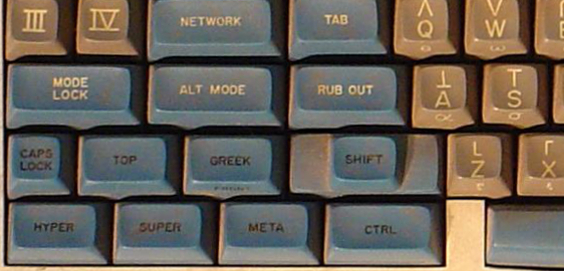



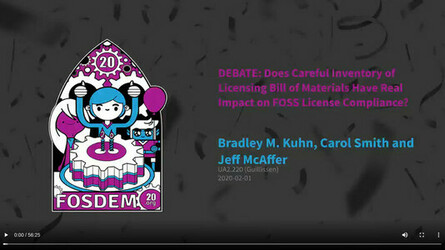
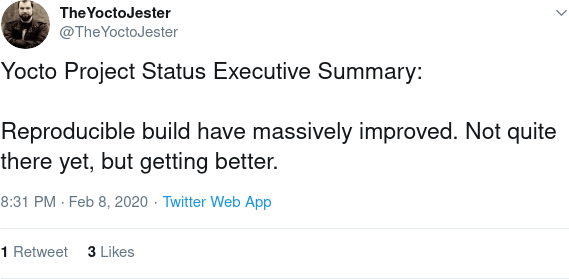



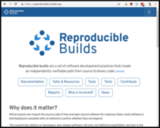


 I recently published a paper with
I recently published a paper with 


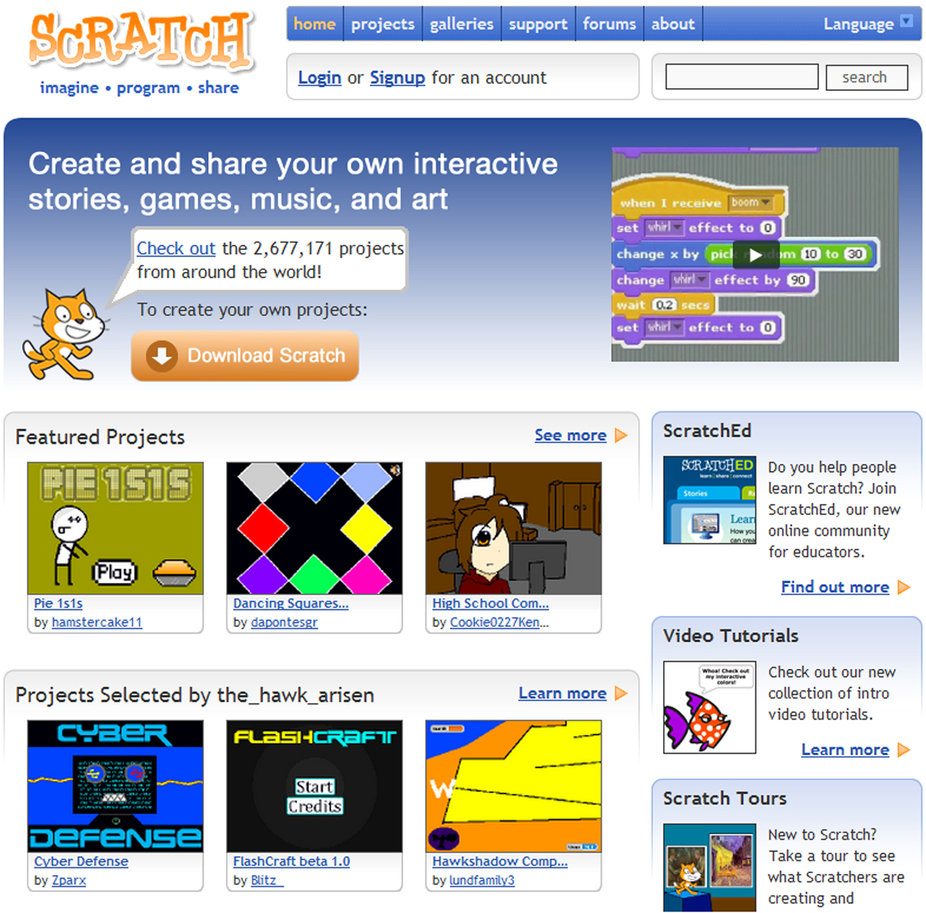
 In today s Internet we see an increasing deployment of middleboxes. While
middleboxes provide in-network functionality that is necessary to keep networks
manageable and economically viable, any packet mangling whether essential for
the needed functionality or accidental as an unwanted side effect makes it
more and more difficult to deploy new protocols or extensions of existing
protocols.
For the evolution of the protocol stack, it is important to know which network
impairments exist and potentially need to be worked around. While classical
network measurement tools are often focused on absolute performance values,
In today s Internet we see an increasing deployment of middleboxes. While
middleboxes provide in-network functionality that is necessary to keep networks
manageable and economically viable, any packet mangling whether essential for
the needed functionality or accidental as an unwanted side effect makes it
more and more difficult to deploy new protocols or extensions of existing
protocols.
For the evolution of the protocol stack, it is important to know which network
impairments exist and potentially need to be worked around. While classical
network measurement tools are often focused on absolute performance values,
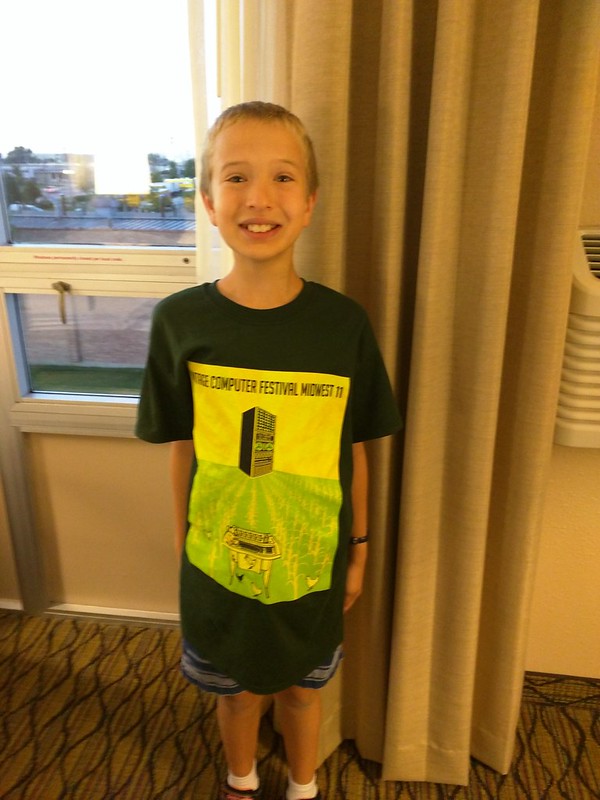

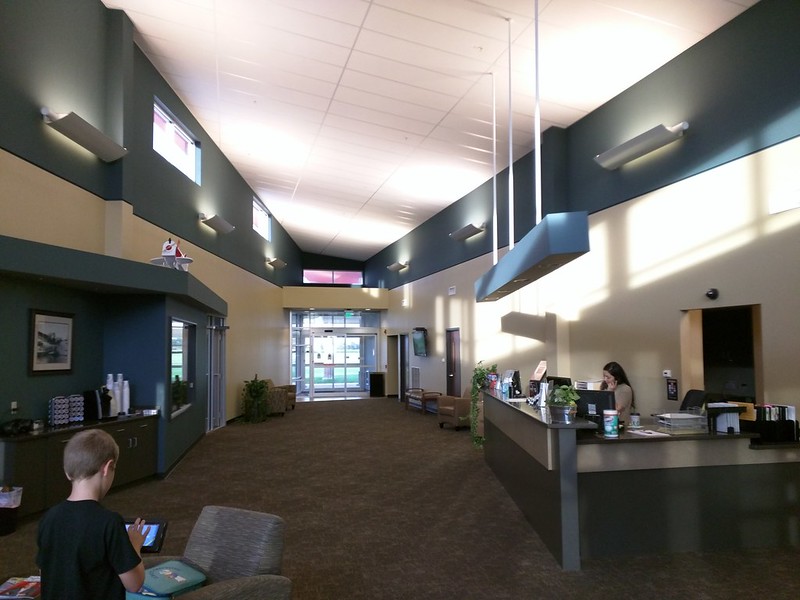

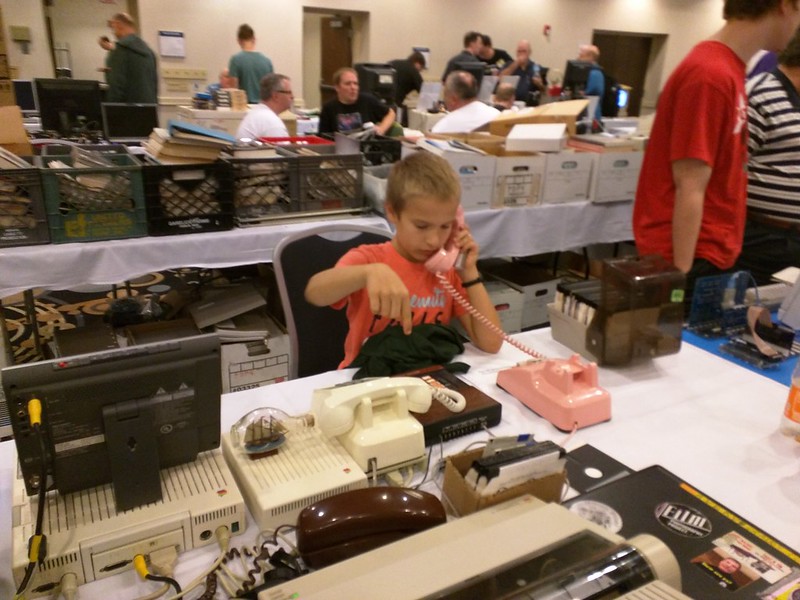
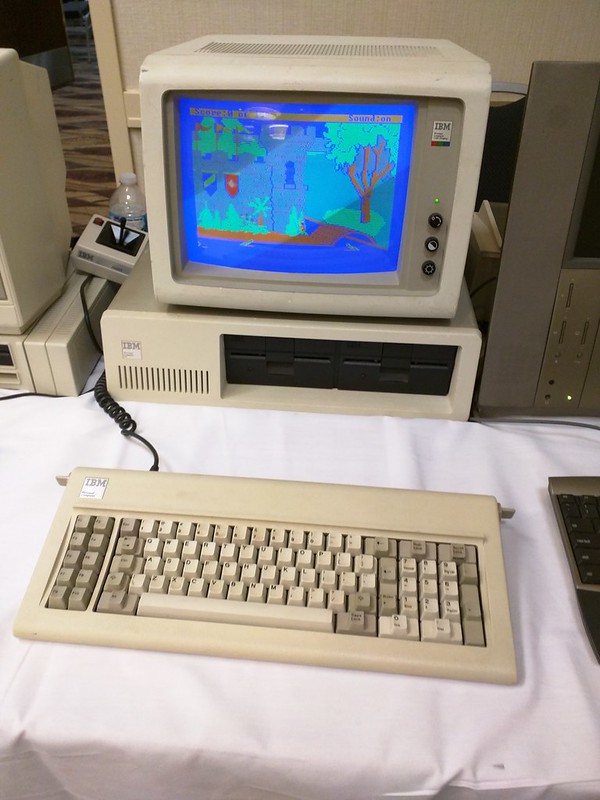
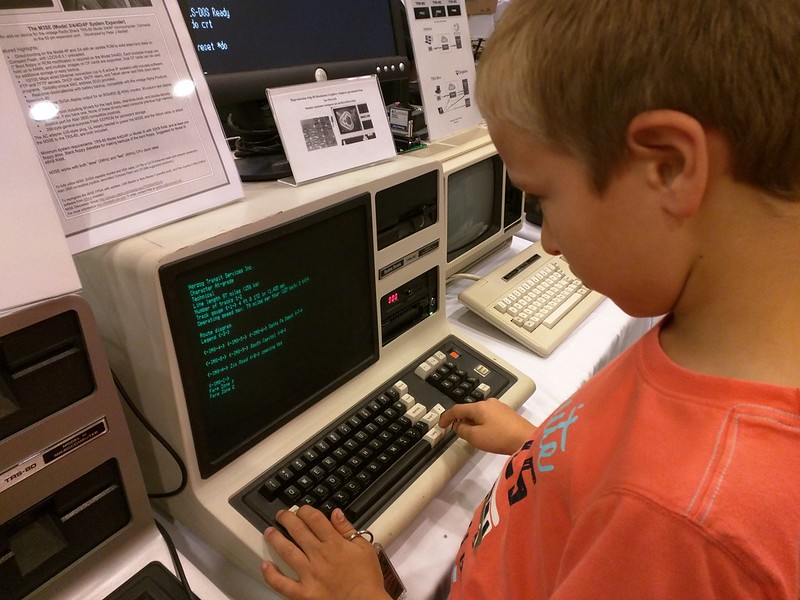


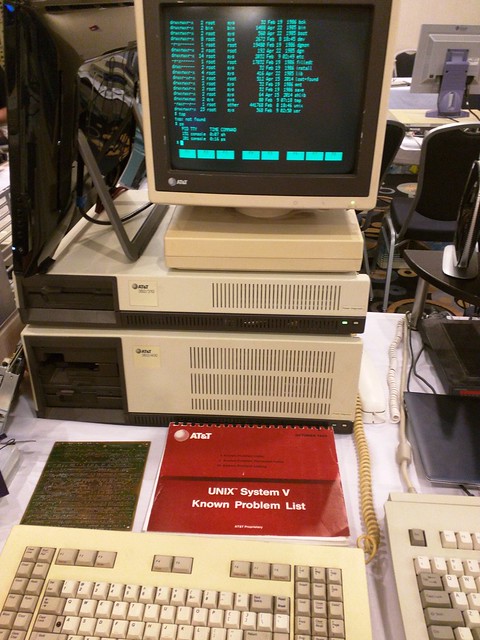


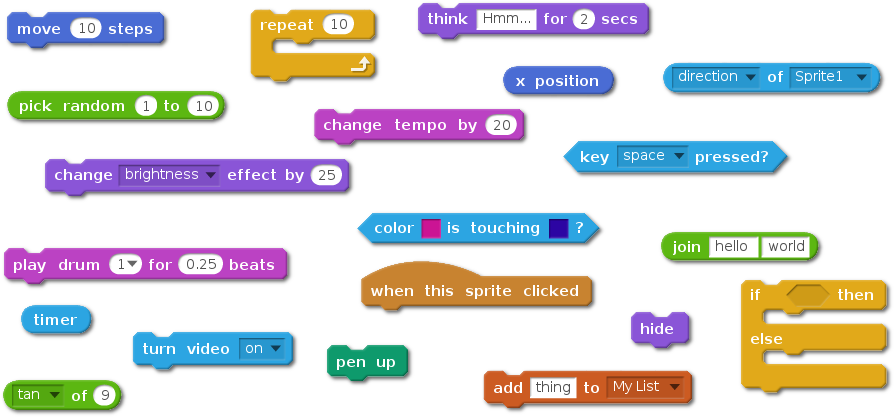
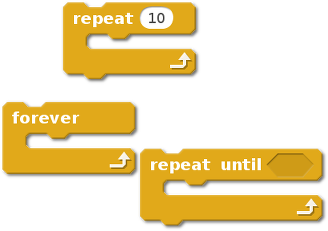
 Nice, crisp and pretty cold morning for the 2015
Nice, crisp and pretty cold morning for the 2015  Another on-my-the-journey-back blog post; this time from the Frankfurt Airport Train Station my flight was delayed (if I knew that I could have watched the remaining Lightning Talks), and so was my train, but despite 5min of running through the Airport just not enough. And now that the free 30 Minutes of Railway Station Internet are used up, I have nothing else to do but blog...
Last week I was attending
Another on-my-the-journey-back blog post; this time from the Frankfurt Airport Train Station my flight was delayed (if I knew that I could have watched the remaining Lightning Talks), and so was my train, but despite 5min of running through the Airport just not enough. And now that the free 30 Minutes of Railway Station Internet are used up, I have nothing else to do but blog...
Last week I was attending  (or, cutting out bloat by using a platform where bloat won't fly)
(or, cutting out bloat by using a platform where bloat won't fly)






 Getting there from DebConf13 and the Debian 20th birthday
For those coming to Switzerland for
Getting there from DebConf13 and the Debian 20th birthday
For those coming to Switzerland for